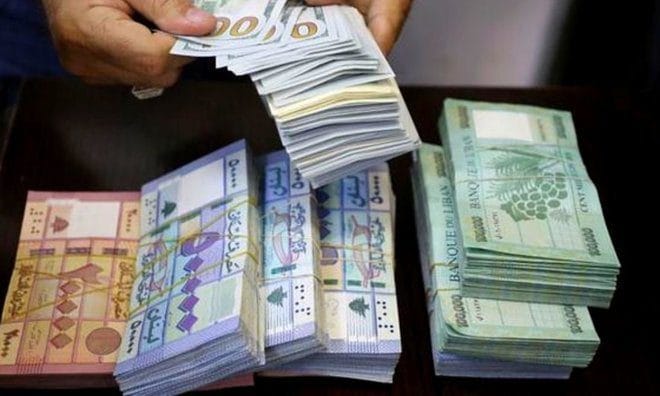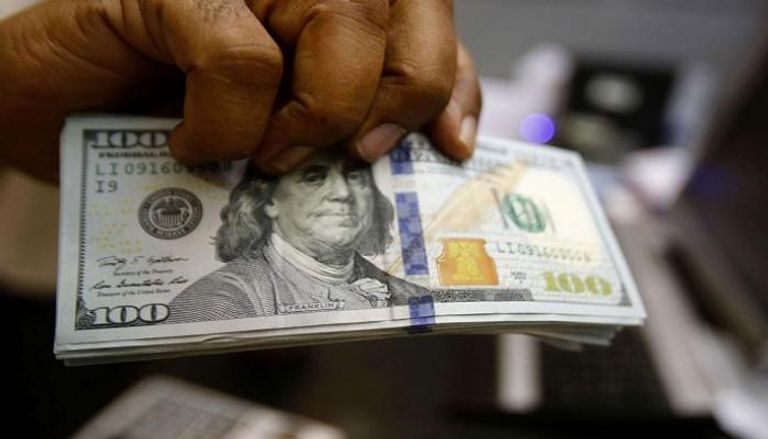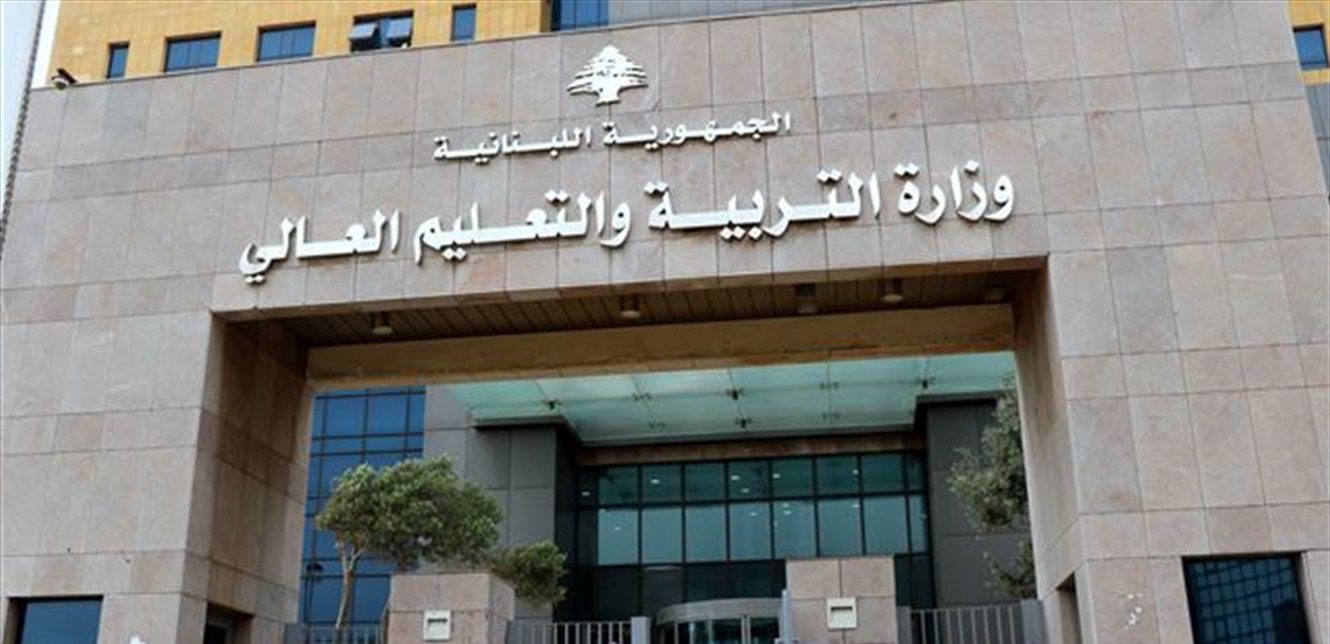هل الليرة فعلاً بخير؟
أصبح تعبير “الليرة بخير” مثار تندُّر مُبرّر لدى اللبنانيين، منذ الانهيار الكبير في أواخر العام 2019. مع العلم، أن حاكم مصرف لبنان السابق رياض سلامة كان يستخدم هذا التعبير كجزء من واجبه في الموقع الذي يشغله، والذي كان يحتّم عليه طمأنة الأسواق بشكل دائم، بصرف النظر عن طبيعة ما يجري فعلاً.
اليوم، تؤكّد مصادر مصرف لبنان أن الليرة بخير (بمعنى أنها مستقرّة)، وأن المخاوف من احتمال تفلّت سعر الصرف مجدداً ليست في محلّها، على المدى المنظور على الأقل، وأن الوضع تحت السيطرة لجهة السياسة النقدية المتّبعة. فهل ينبغي أن نصدّق هذه المرة، ما يُقال، أم علينا تصنيفه في إطار الواجبات الوظيفية التي تقضي ببث التفاؤل لحماية السوق من ردّات فعل المتشائمين؟
من خلال الوقائع، يبدو أن الليرة بخير فعلاً، ليس بفضل السياسة النقدية المُتّبعة حالياً فحسب، بل أيضاً لأنّ السوق بدأت تتأقلم جزئياً مع صدمة الحرب التي كانت قاسية جداً في الشهرين الأولين، وبالتالي رصدت الجهات المختصة في مصرف لبنان إشارات مُطمئنة تسمح بالقول إن احتياطي المركزي من العملات، بشقيه الحر والإلزامي، قد لا يشهد المزيد من التراجع في الفترة المتبقية من العام 2024. إذ إن إيرادات الدولة بالليرة، والتي يستخدم مصرف لبنان قسماً منها لشراء الدولارات من السوق وتعزيز الاحتياطي، ليست بالسوء الذي اعتقده البعض. ومن الواضح أن عدم وجود حصار بحري وجوي وبري ساهم في المحافظة على قسمٍ من هذه الإيرادات، لا سيّما أن حجم الاستيراد لم يتراجع تقريباً، بما أسهم في الحفاظ على مستويات جيدة من الإيرادات للخزينة. كما أن حركة السوق التي أصيبت بشللٍ تام عند بدء الحرب الفعلية منتصف أيلول الماضي، عادت وتأقلمت نسبياً، في بعض القطاعات، واستعادت بعضاً من عافيتها.
هذه الأجواء تشي بأن السياسة النقدية التي يتّبعها المركزي بقيادة وسيم منصوري لا تزال في المنطقة الآمنة، وأن تراجع الاحتياطي الناتج في الأساس عن تكبير حجم الدفعات للمودعين، والذين يصل عددهم إلى حوالى 400 ألف مستفيد، وفق التعميمين 158 و166 إنما هو أمر بديهي، ولا يدخل ضمن المحاذير أو المحظور. وهذا يعني أن لا خوف على الليرة في هذه المرحلة، ولا خوف على السياسة النقدية التي لا تزال صامدة، بعدما اجتازت بنجاح معمودية النار منذ شهرين حتى اليوم.
ورغم أنه يصعب التكهّن بما ينتظرنا في الأيام المقبلة، وإذا شئنا أن نثق بالأجواء التي تُشيعها السفيرة الأميركية في مجالسها، في شأن وقف النار، ومستقبل البلد، قد يكون من المسموح التمسُّك بحبل التفاؤل، والمراهنة على غدٍ أفضل.
المصدر: أنطوان فرح – الديار
Is the Lebanese Pound Really Okay?
The phrase “the Lebanese pound is fine” has become a subject of mockery among Lebanese citizens, especially after the major collapse of the currency in late 2019. It’s important to remember that the former Governor of the Central Bank of Lebanon, Riad Salameh, often used this phrase as part of his official duties, which required him to constantly reassure the markets, regardless of the actual circumstances.
Today, sources from Lebanon’s Central Bank confirm that the Lebanese pound is stable (meaning it is not experiencing sudden depreciation), and fears of another freefall in the exchange rate are largely unfounded, at least for the foreseeable future. But should we believe these statements, or are we simply dealing with a standard attempt to maintain optimism to protect the market from the effects of pessimism?
The Reality of the Lebanese Pound Amid the Crisis
Based on current developments, the Lebanese pound seems to be relatively stable. This is partly because the market has somewhat adapted to the severe shock caused by the war, especially in the first two months. This partial adaptation has led to reassuring signals from Lebanon's Central Bank, suggesting that its foreign currency reserves, both mandatory and free, will likely not see further declines for the rest of 2024. Government revenues in Lebanese pounds, which the Central Bank uses to buy dollars from the market and strengthen reserves, have shown unexpected resilience. Despite challenges, the flow of revenue remains steady, especially in sectors that have not seen a significant decrease in imports.
Factors Contributing to the Stability of the Lebanese Pound
Several factors have helped maintain the stability of the Lebanese pound at this stage. Firstly, the lack of a full blockade (land, sea, and air) has played a significant role in protecting national revenues. Secondly, import activities have not drastically decreased, which has helped preserve government revenues, particularly in critical sectors. Although the market was initially paralyzed when the war started in mid-September, it has gradually regained momentum in some areas, offering hope for a recovery in economic activity.
Monetary Policy Under Control
According to experts, the monetary policy followed by Lebanon’s Central Bank under the leadership of Wassim Mansouri remains in a safe zone. The decrease in reserves, which resulted primarily from increasing payments to depositors under Circulars 158 and 166, is expected and does not pose a significant threat to the pound's stability. This means there is hope for the stability of the Lebanese pound at this stage, and the monetary policy appears resilient, especially after passing a crucial test in the past two months.
Future Outlook
Although predicting the future is difficult, the general climate seems to suggest some optimism. If a ceasefire agreement or permanent peace is achieved, we could see some improvements. Given the atmosphere, especially the messages shared by international parties like the U.S. Ambassador, there may be hope for a more stable future for Lebanon.
Conclusion
Despite the significant challenges Lebanon faces at present, the economic situation of the Lebanese pound might not be as dire as some might think. If the current monetary policies continue and the economy adapts to the changes, Lebanon could navigate through this major economic crisis into a more stable phase.
Translated by economyscopes team
 سكوبات عالمية إقتصادية – EconomyScopes إجعل موقعنا خيارك ومصدرك الأنسب للأخبار الإقتصادية المحلية والعربية والعالمية على أنواعها بالإضافة الى نشر مجموعة لا بأس بها من فرص العمل في لبنان والشرق الأوسط والعالم
سكوبات عالمية إقتصادية – EconomyScopes إجعل موقعنا خيارك ومصدرك الأنسب للأخبار الإقتصادية المحلية والعربية والعالمية على أنواعها بالإضافة الى نشر مجموعة لا بأس بها من فرص العمل في لبنان والشرق الأوسط والعالم




